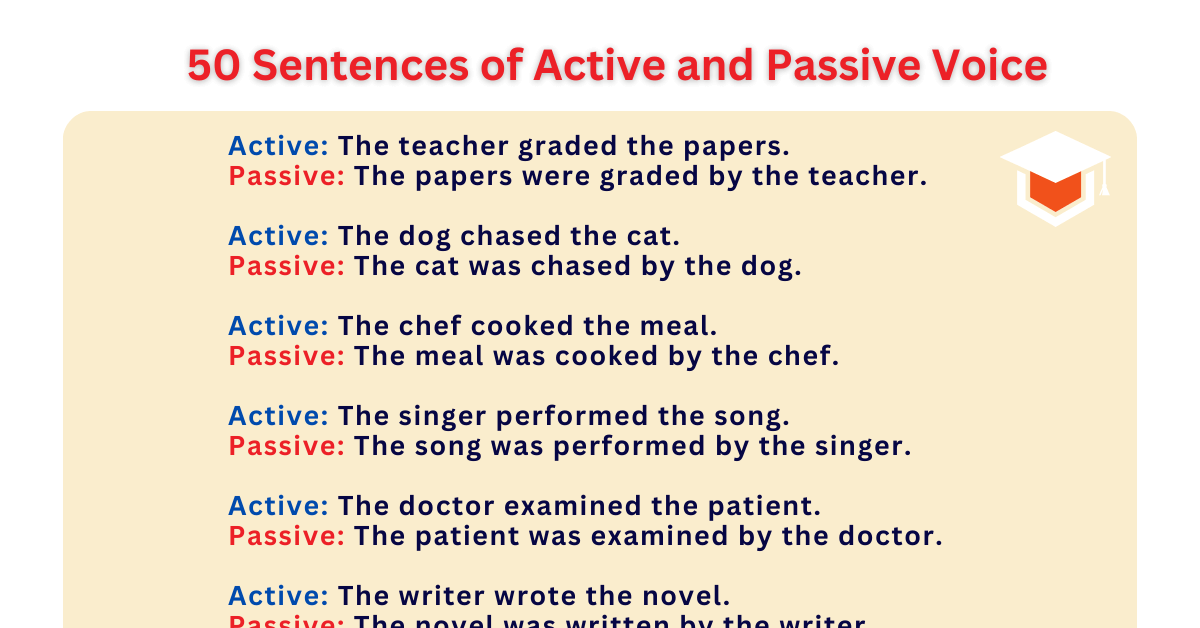Understanding the difference between active and passive voice is essential for effective writing. Both play a crucial role in conveying the message and engaging the reader. By mastering the use of active and passive voice, writers can enhance the clarity and impact of their writing.
Active voice is when the subject of the sentence performs the action, while passive voice is when the subject receives the action. Each has its own strengths and weaknesses, and knowing when to use each can significantly improve the quality of your writing.
Active vs Passive Voice Explained
In active voice, the subject of the sentence is doing the action. For example, “The cat chased the mouse.” The subject “cat” is performing the action of chasing. Active voice is usually more direct, concise, and engaging. It helps to clearly identify the doer of the action and make the sentence more lively.
On the other hand, passive voice is when the subject of the sentence is being acted upon. For example, “The mouse was chased by the cat.” In this sentence, the subject “mouse” is receiving the action of being chased. Passive voice is often used when the doer of the action is unknown, irrelevant, or when the focus is on the action itself rather than the doer.
While active voice is generally preferred for its clarity and directness, passive voice can be useful in certain situations. It can be used to shift the focus from the doer to the receiver of the action, to create a sense of formality or objectivity, or to avoid assigning blame. However, overusing passive voice can lead to wordiness and lack of clarity.
Overall, understanding when to use active and passive voice is crucial for effective communication. By mastering both forms, writers can convey their message more clearly, engage their readers, and create more impactful writing. Practice and experimentation are key to finding the right balance between active and passive voice in your writing.
In conclusion, active and passive voice each have their own strengths and weaknesses, and knowing when to use each is essential for effective writing. By mastering the use of both active and passive voice, writers can improve the clarity, engagement, and impact of their writing. Experimenting with different sentence structures and practicing regularly can help writers find the right balance between active and passive voice in their writing.
